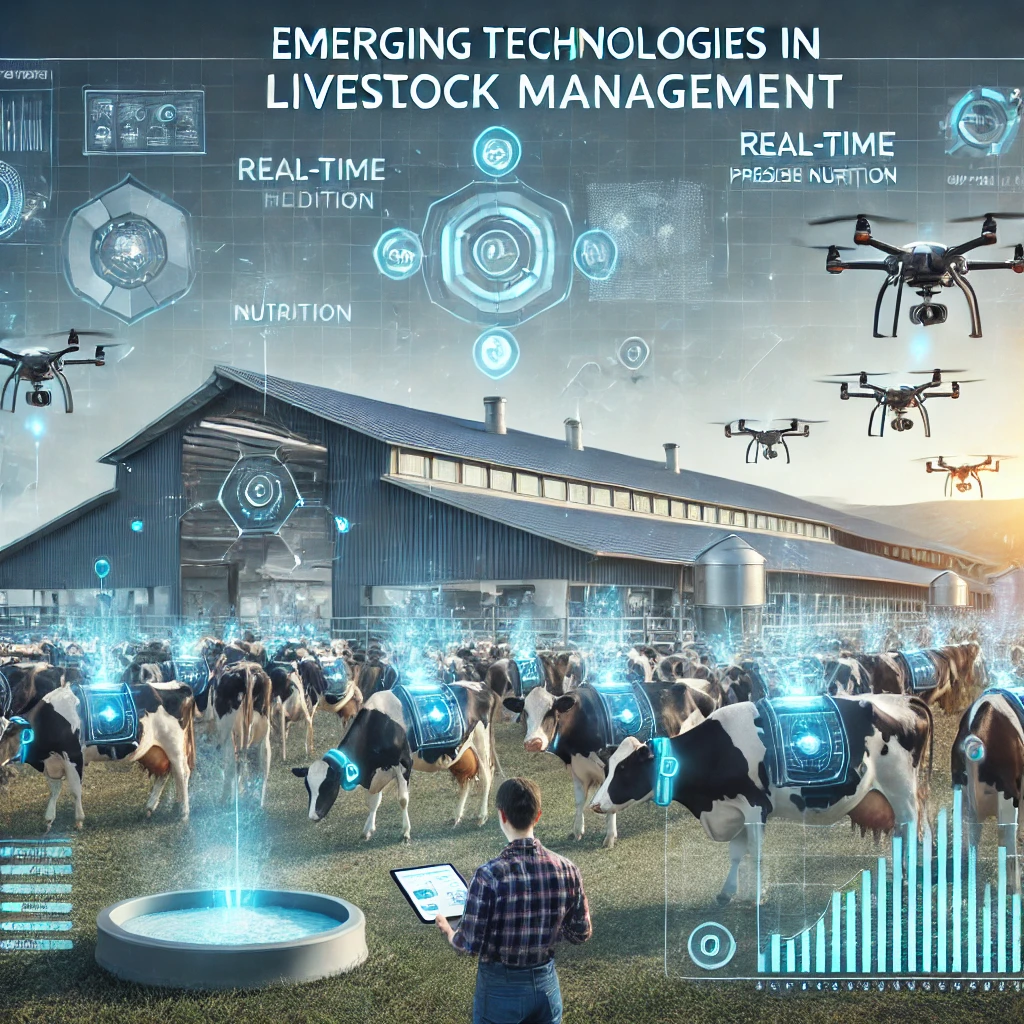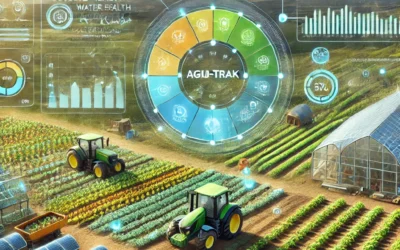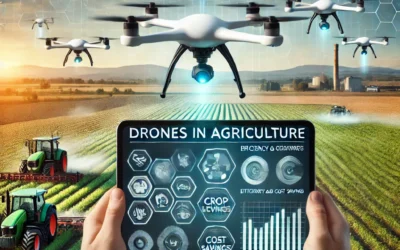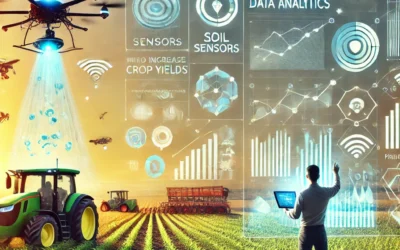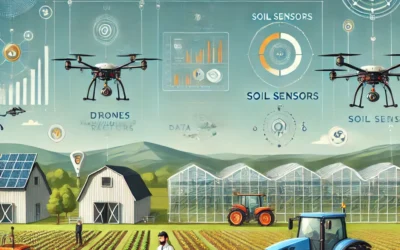The livestock industry is undergoing a technological transformation, with new innovations helping farmers manage their herds more efficiently and sustainably. From automated feeding systems to health monitoring devices, emerging technologies are improving the health, welfare, and productivity of livestock. In this article, we will explore some of the latest technologies in livestock management and how they are shaping the future of the industry.
1. Automated Feeding Systems
One of the most significant advancements in livestock management is the development of automated feeding systems. These systems use sensors and data analytics to monitor the nutritional needs of individual animals and adjust feed rations accordingly. By automating the feeding process, farmers can ensure that each animal receives the right amount of food, reducing waste and improving overall health.
Automated feeders can also be programmed to deliver feed at specific times, ensuring that animals receive consistent nutrition throughout the day. This reduces the labor required for manual feeding and allows farmers to focus on other aspects of herd management. Additionally, automated systems can track feed consumption, providing valuable data on the nutritional status of the herd.
2. Wearable Health Monitoring Devices
Wearable technology is becoming increasingly common in livestock management, with devices such as smart collars, ear tags, and sensors being used to monitor the health and behavior of animals. These devices collect data on vital signs, movement, and activity levels, providing farmers with real-time information about the well-being of their livestock.
For example, wearable sensors can detect early signs of illness or stress, allowing farmers to intervene before the condition worsens. This proactive approach to health management reduces the need for antibiotics and other treatments, leading to healthier animals and lower costs. Wearable devices can also track reproductive cycles, helping farmers optimize breeding schedules and improve herd fertility.
3. Precision Livestock Farming
Precision livestock farming (PLF) is an approach that uses data and technology to monitor and manage livestock with greater accuracy. By collecting data on factors such as feed consumption, weight gain, and health status, PLF allows farmers to optimize the care and management of individual animals.
For example, smart scales can monitor the weight of livestock in real-time, alerting farmers if an animal is not gaining weight as expected. This enables farmers to adjust feeding or treatment plans before a minor issue becomes a major problem. PLF also includes systems that monitor environmental conditions, such as temperature and humidity, ensuring that animals are kept in optimal living conditions.
4. Automated Milking Systems
Dairy farming is benefiting from the introduction of automated milking systems, which use robotics to milk cows without human intervention. These systems allow cows to be milked on demand, which can reduce stress and increase milk production. Automated milking also provides data on milk yield, quality, and cow health, enabling farmers to monitor the performance of their herd more closely.
In addition to improving efficiency, automated milking systems reduce labor costs and allow farmers to focus on other tasks. These systems can also be integrated with herd management software, providing a complete overview of the dairy operation.
5. Drones for Livestock Monitoring
Drones are becoming a valuable tool for monitoring livestock in large or remote areas. Equipped with cameras and sensors, drones can quickly survey a herd, check for missing animals, and monitor grazing patterns. This reduces the time and effort required for manual inspections, especially on large ranches or in difficult terrain.
Drones can also be used to monitor the health of animals from a distance, detecting signs of illness or injury that may not be visible from the ground. This technology allows farmers to respond more quickly to potential problems, improving animal welfare and reducing losses.
Conclusion
Emerging technologies in livestock management are providing farmers with new tools to improve the health, welfare, and productivity of their animals. From automated feeding systems and wearable health monitors to precision livestock farming and drones, these innovations are making it easier for farmers to manage their herds efficiently and sustainably. As the industry continues to evolve, adopting these technologies will be key to staying competitive and meeting the growing global demand for animal products.

